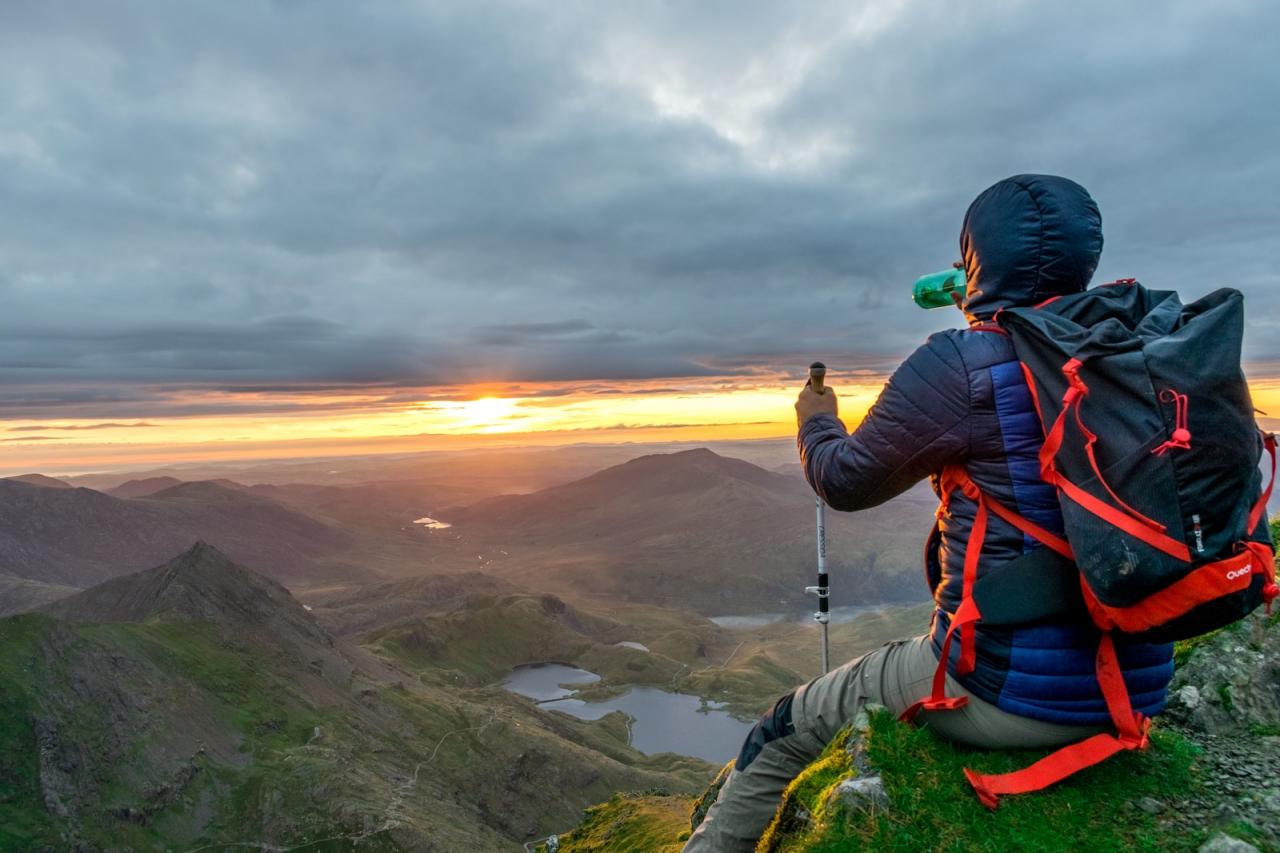
What are Trekking Poles?
Trekking poles are two slender poles that look like ski poles, but are much sturdier. They have a hand grip on the top with a strap for the wrist. They have sharp points on the end that are often covered with a rubber tip.
Trekking poles have been popular in Europe for many years, and are now becoming a familiar sight on American trails. Trekking Poles greatly increase your stability and support on rough or uneven terrain. It’s like having four legs. When you are going downhill, they take the strain off your knees and legs. This is especially nice for older hikers who may dealing with arthritis in the joints. Trekking poles will improve your ability to hike for extended times.
When you are going uphill, the straps transfer weight to your shoulders and can add thrust to your stride. If you are on a long uphill, you should shorten the poles, and on a long downhill, you should lengthen them. Whether you are crossing a stream or stepping from rock to rock, they will give you a sense of balance and confidence that will empower you in treacherous footing situations.
What Should I Look For When Buying Trekking Poles?
- Trekking poles can be made of high grade aluminum or carbon fiber. The aluminum ones are stronger and more economical. They may bend but are not likely to break. The carbon fiber poles are lighter than the aluminum ones, and therefore more expensive. However they are more likely to break or splinter than the aluminum ones.
- There are two or three interlocking sections so the poles can be adjusted to the correct height. Most have a twisting locking mechanism, but some have a flip type lock. The flip lock is easier to use if you have gloves on. Some poles will telescope down so they fit neatly into your pack.
- Some poles have an anti shock device which will be especially appreciated on a steep descent. Make sure your poles have the ability to disengage the device, because it will work against you going uphill.
- The hand grips are an important part of the pole. Some are ergonomically shaped and some have an extension of the grip below the strap. This is nice because if you are climbing uphill, you can just grasp the lower grips and avoid having to shorten your pole. Be aware that some trekking poles have left and right handgrips.
- The hand grips can be made of different materials. The most common ones are cork, foam and rubber. Cork resists moisture from sweaty hands and cuts down on the vibration. It will eventually mold to the shape of your hand. Foam is the softest and absorbs sweat readily. Rubber insulates from the cold, shock and vibration. They are fine for the winter, but in summer they may blister sweaty hands.
- The wrist straps are very important as they will support your weight while you are climbing uphill. Some are wide and some are padded to reduce rubbing.
- The poles will have carbide or steel tips on the bottom to give traction. They can be single tips, chiseled points or rubber tips. The chiseled point is best for icy conditions and the rubber tip is good for hard ground.
- The poles also have baskets that are mounted just above the tips. A solid basket keeps the tip from sinking too deeply into soft earth. A cut out basket, like a snowflake, is used in the snow and keeps the pole from sinking too deeply in the snow.
What is the Proper Way to use Trekking Poles?
First you need to adjust them to your height. On level ground, with your hand on the grip, the angle between your forearm and your elbow should be ninety degrees. As mentioned before, if you have a long uphill or downhill, you can adjust them accordingly.Put your hand through the wrist strap from the bottom up. The strap should be between the pole and your palm. Your thumb and index finger should form an “O” or a “U” around the grip.
When you walk, the poles should move forward and backward with each stride. Try to keep your tips within the edges of the trail. It may be necessary to remove the baskets if there is delicate vegetation that could be damaged by your poles. Respect the environment you are hiking through and try to leave minimal impact on your surroundings.
Trekking poles can greatly add to your safety and comfort when you are hiking. If you give them a try, I’m sure you won’t regret it.



